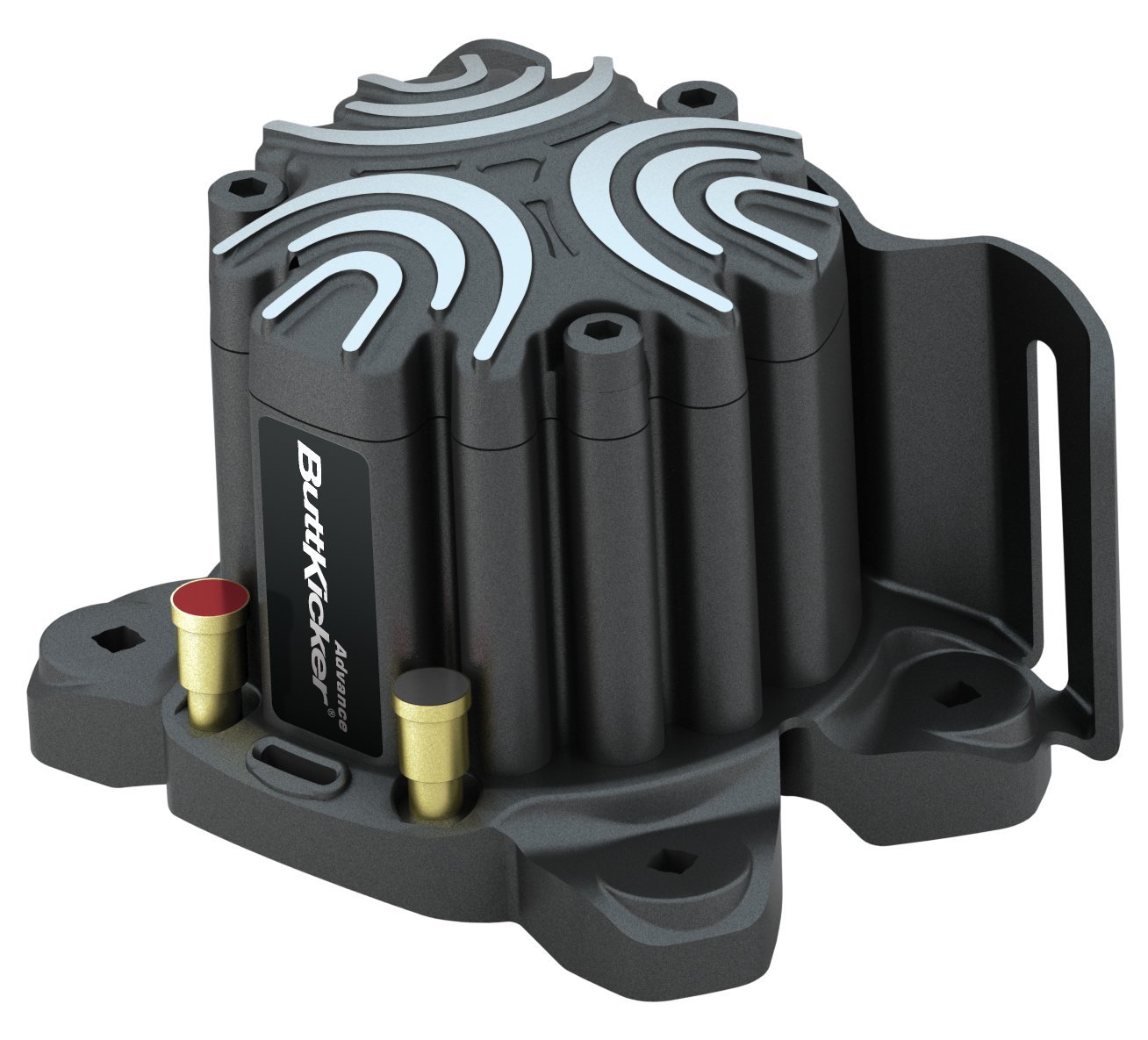Lol. This is cool. I remember when the rumble pack was introduced for Nintendo 64. I was like - what could this possible do?? Haha. A lot!!
My son tried out my rig yesterday for a couple hours. He was used to racing games with very unrealistic levels of grip and it took him a little while to learn that he had to use his brakes much earlier and use the distance markers on the tracks before turns. Initially he also felt like the force feedback in the wheel just made the game harder, but he eventually realized that FFB also gives you useful information.
I'm finding a lot of this very interesting in terms of the technology involved and how they trick the senses.
As was said earlier it is just a game. The physics are supposed to be pretty realistic it terms of when the car loses traction, how fast it can accelerate and brake. They have variable weather so clouds can roll in and it can start to rain making the track slick. The tires have to warm up before giving you their best traction and they wear during the race. The tracks are laser scanned and the road texture, banks and dips come through the steering wheel. It is nice to experience something at least partially without risking my life or destroying vehicles.
VR would be the next step and with VR you are actually looking at the instruments in each car. You can look at your co-pilot in a Rally and see his notebook as he reads off the turns. If you look down you see your legs operating the pedals and your arm shifting gears. It is at this point where adding vibration to the seat amplifies the realism more than if you are not using VR.
However the resolution in VR is currently weak(Oculus/Vive). You can't read the distance markers on the track well and while you have depth perception and feel like you are in the car much more than when using monitors there is obvious pixelation etc...
The just released Samsung HMD Odyssey mixed reality headset has 3D headphones that are supposed to give you surround sound information. In this scenario you would be looking around in virtual space and hear a car coming up behind you and be able to look over your shoulder to see where it is. However this supports a new VR standard by MS. These headsets have just started shipping and they are not supported by much. They have twice the resolution of the current Oculus and Vive but are still limited to 110 degrees of peripheral vision.
The Pimax 8K headset is a kickstarter project for a headset with 200 degrees of peripheral vision, 4K resolution in each eye and it maxes out your vertical vision. However it doesn't ship until February assuming they don't have delays and there is no video card available that is powerful enough to drive it.
NVidia is set to release their next Volta based video cards in early 2018 which may be powerful enough to drive this headset.
The bottom line is that all the pieces are coming together, but the VR that I want isn't fully flushed out.
1. We have a new VR standard with multiple manufacturers supporting it, but little software available.
2. We have new hardware being released that looks promising but has yet to be proven.
3. We still are waiting for video cards capable of driving the new headsets at full resolution.
So for now I've only purchased the least volatile piece of the equation, the physical controls.
I tried an alternate pedal configuration today. I think I like this better.




















